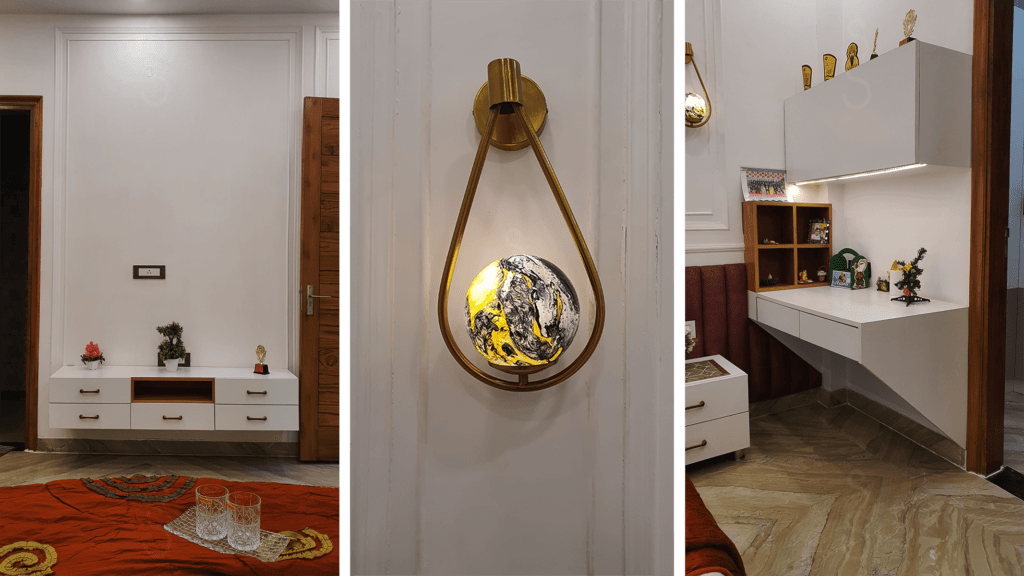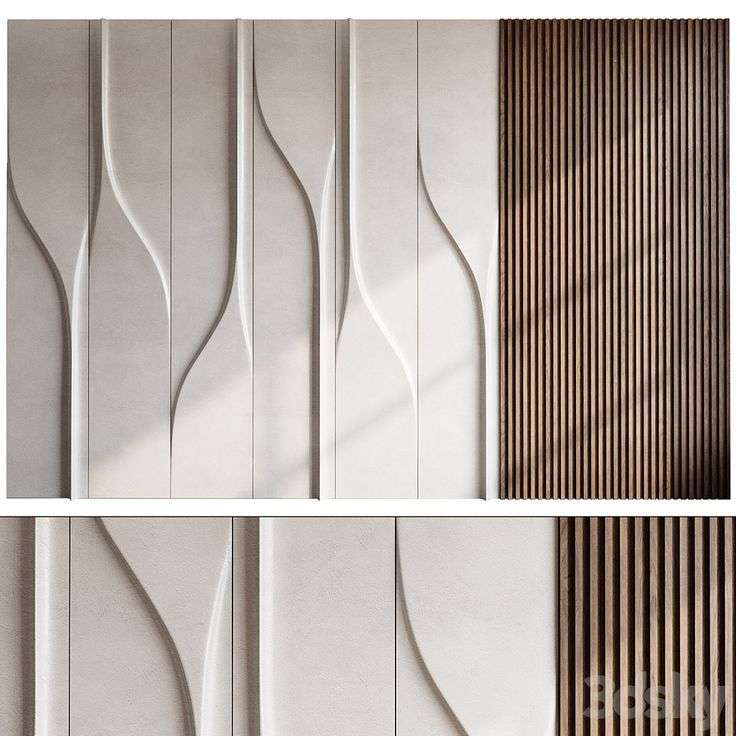
1. The Rich History and Cultural Significance of Handicrafts
Handicrafts have deep cultural roots in many regions of the world. They often reflect the traditions, customs, and values of the people who create them. For example, the intricate woodwork of Rajasthan, the delicate pottery of Kashmir, or the colorful textiles of Gujarat all tell stories of heritage, craftsmanship, and regional artistry.
- Preserving Tradition: Handicrafts are often made using techniques that have been passed down through generations. By incorporating them into your home, you help preserve these traditions and honor the artisans who have dedicated their lives to perfecting these skills.
- Global and Local Influences: Handicrafts are not confined to one region or culture. They are a universal expression of human creativity. Whether you’re incorporating Indian, African, or Scandinavian handicrafts, each piece carries with it a piece of history and culture.
Tip: Consider adding locally made handicrafts to your home to support artisans in your community and add a unique touch to your design.
2. Handicrafts as a Statement of Style
Handicrafts have the power to elevate a space, adding texture, color, and personality. Whether you’re going for a traditional, bohemian, or contemporary style, handicrafts can enhance any design scheme. Their versatility allows them to blend seamlessly with various types of decor.
- Traditional Design: For those who enjoy classic and timeless looks, handcrafted wooden furniture, handwoven textiles, and intricate metalwork add an element of sophistication and richness. Think of a hand-carved wooden cabinet or a brass chandelier as statement pieces.
- Modern Design: Handicrafts can also be integrated into modern spaces by pairing them with minimalist furniture and clean lines. A handwoven rug, an abstract painting, or a sculptural piece can bring warmth and texture to a contemporary setting without overwhelming the space.
- Bohemian or Eclectic Style: If you love mixing and matching, handicrafts are the perfect way to express creativity and individuality. Use colorful textiles, handmade pottery, or rustic wood elements to create an inviting, eclectic ambiance.
Tip: When integrating handicrafts into a modern or minimalist design, keep the surrounding decor simple to allow the handcrafted pieces to be the focal point.
3. Adding Texture and Depth to Your Space
One of the most appealing aspects of handicrafts is their ability to add texture and depth to a room. Handcrafted items are often made with natural materials such as wood, clay, cotton, and wool, all of which offer a tactile experience that mass-produced items simply cannot replicate.
- Textiles: Handmade rugs, cushions, and throws can transform the look and feel of a room. A hand-knotted rug adds richness to a floor, while a hand-embroidered throw or cushion can make a sofa feel more inviting. Natural fibers such as jute, linen, and wool add warmth and texture to any setting.
- Woodwork: Hand-carved wooden furniture, wall art, or sculptures bring texture and elegance to a room. The grain of the wood, combined with intricate carvings, creates a sense of organic beauty that’s hard to match with manufactured pieces.
- Ceramics and Pottery: Handcrafted pottery, whether it’s a vase, bowl, or plate, adds depth and a tactile quality to your decor. The unique texture and color variations in handmade ceramics make each piece one-of-a-kind.
Tip: Mix different textures, such as wood, metal, and textiles, to create a dynamic space that feels full of life and character.



